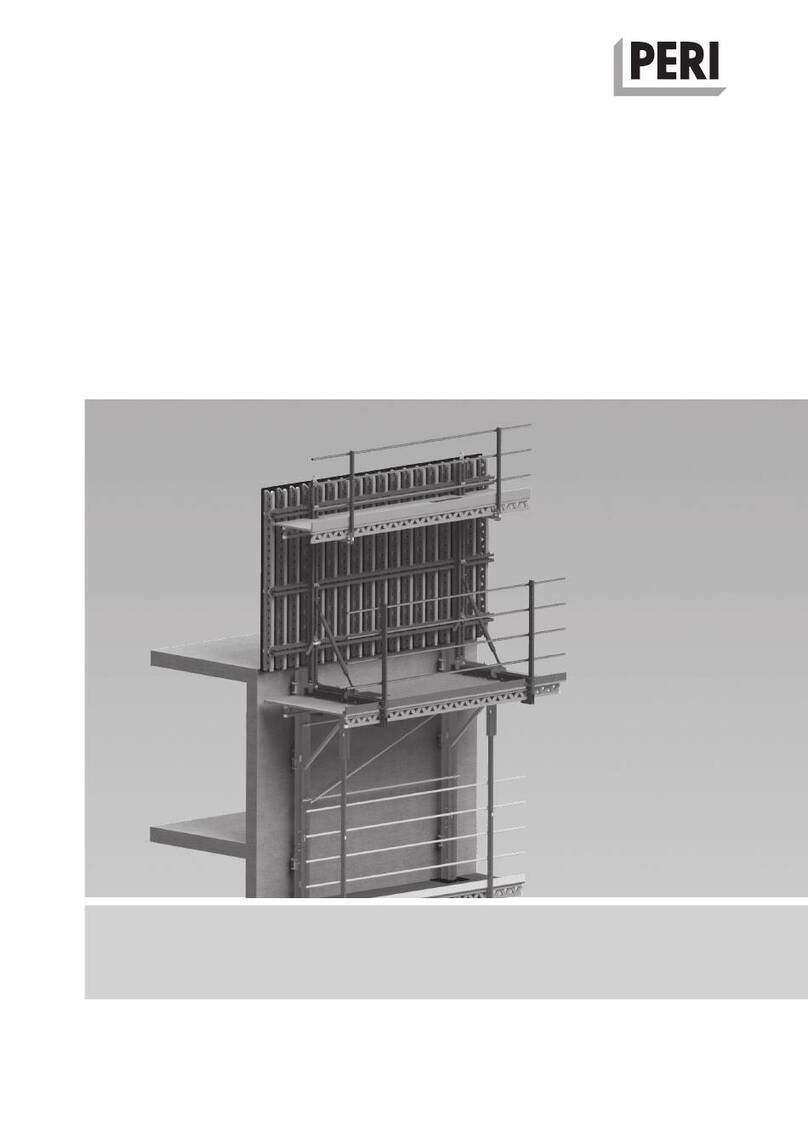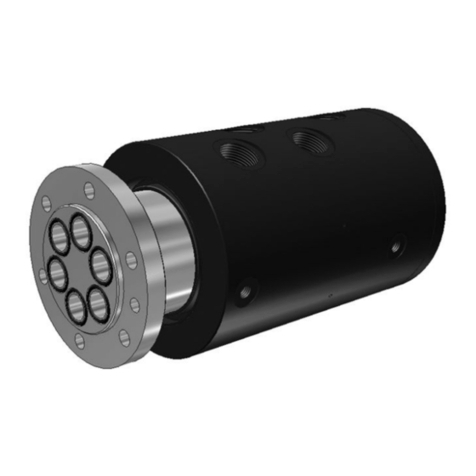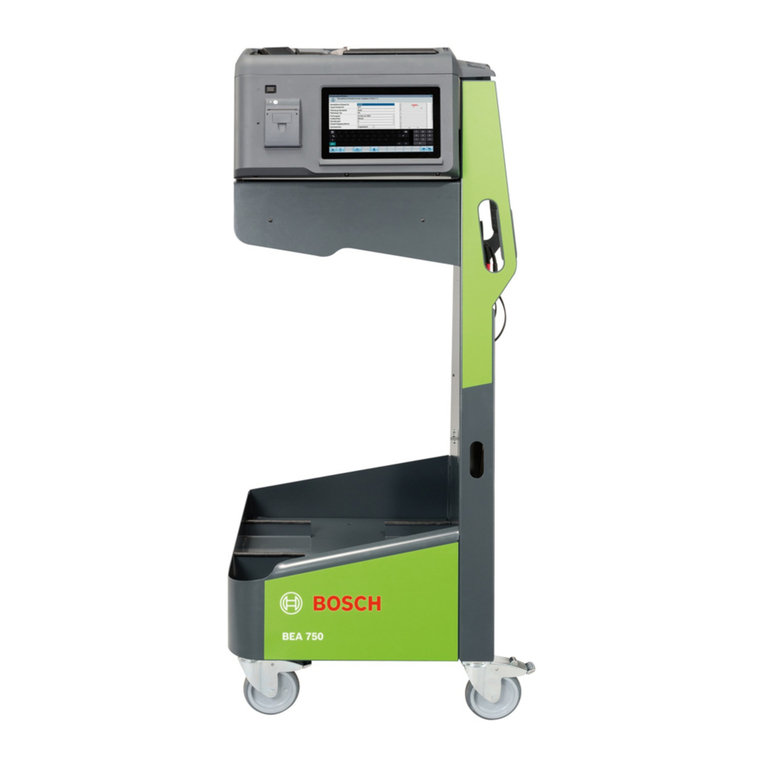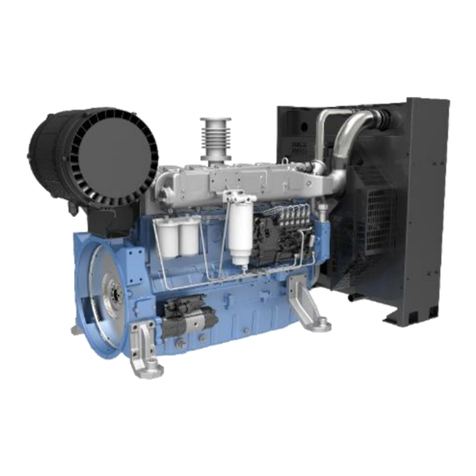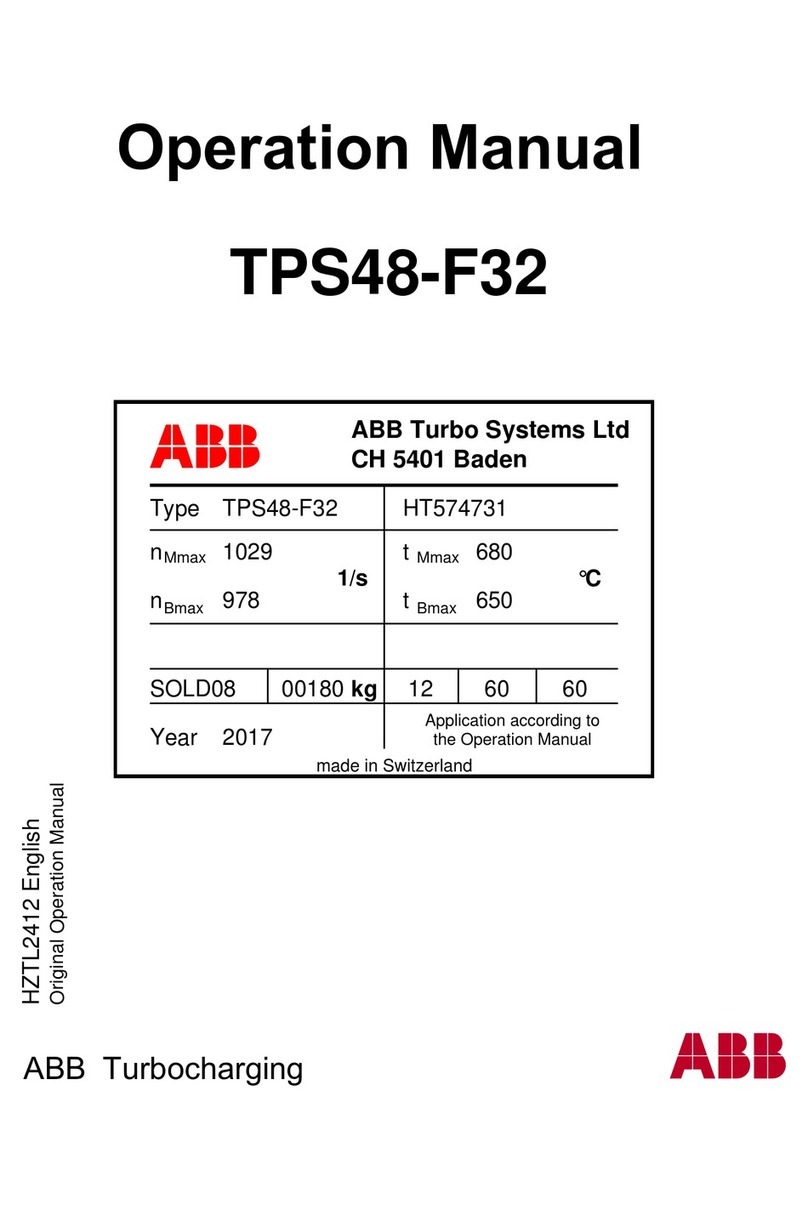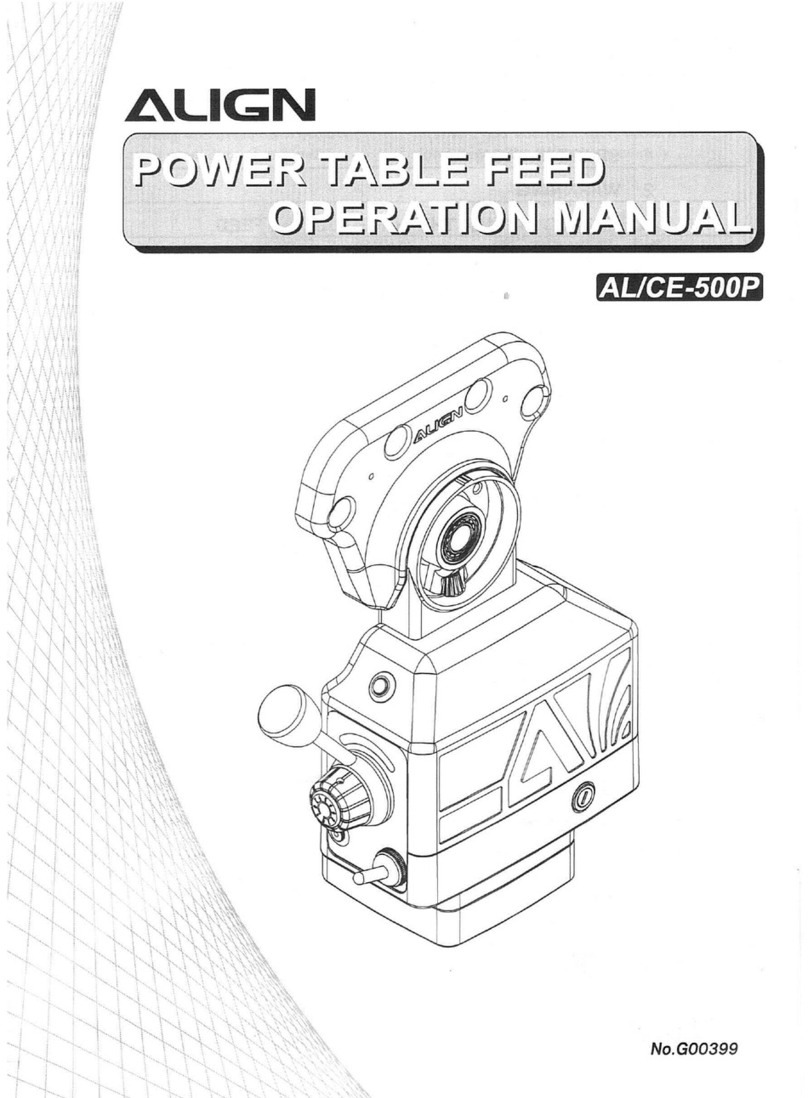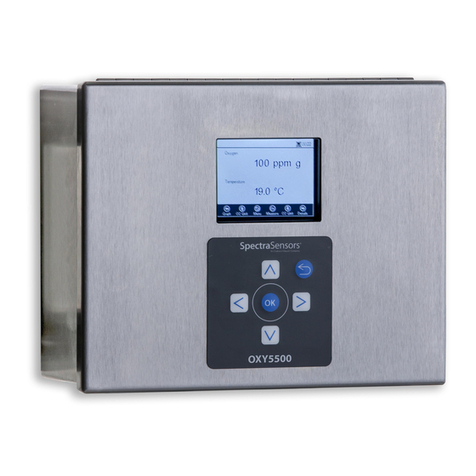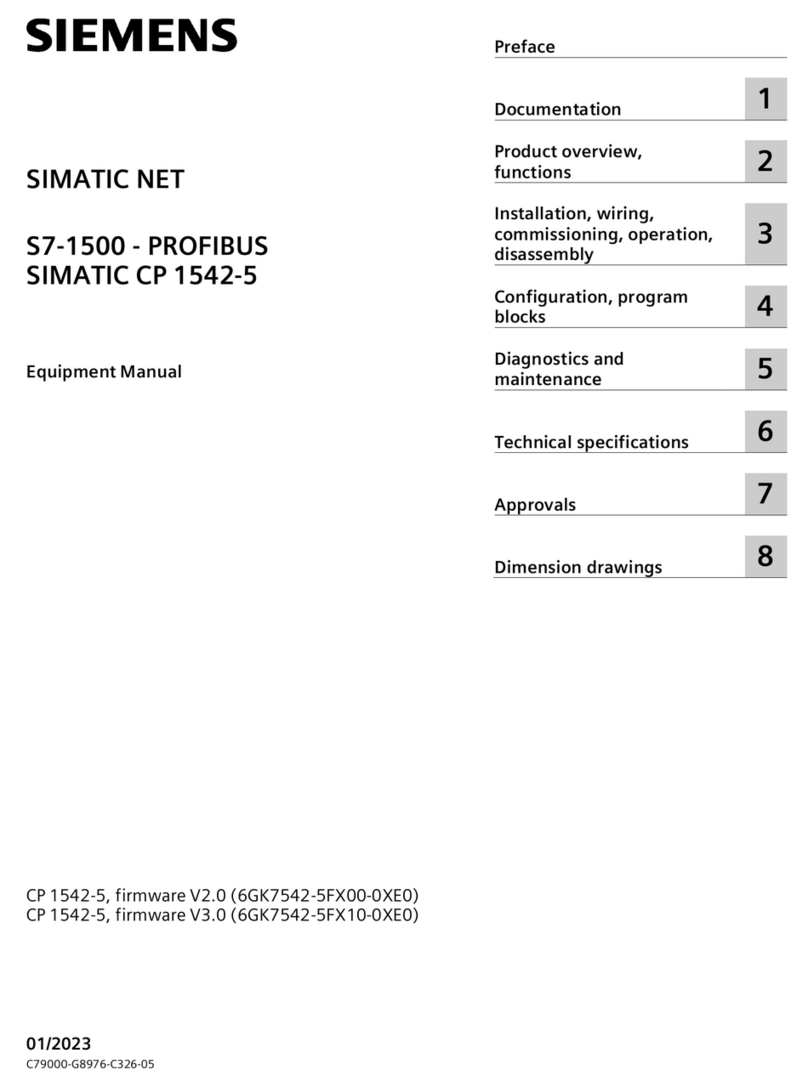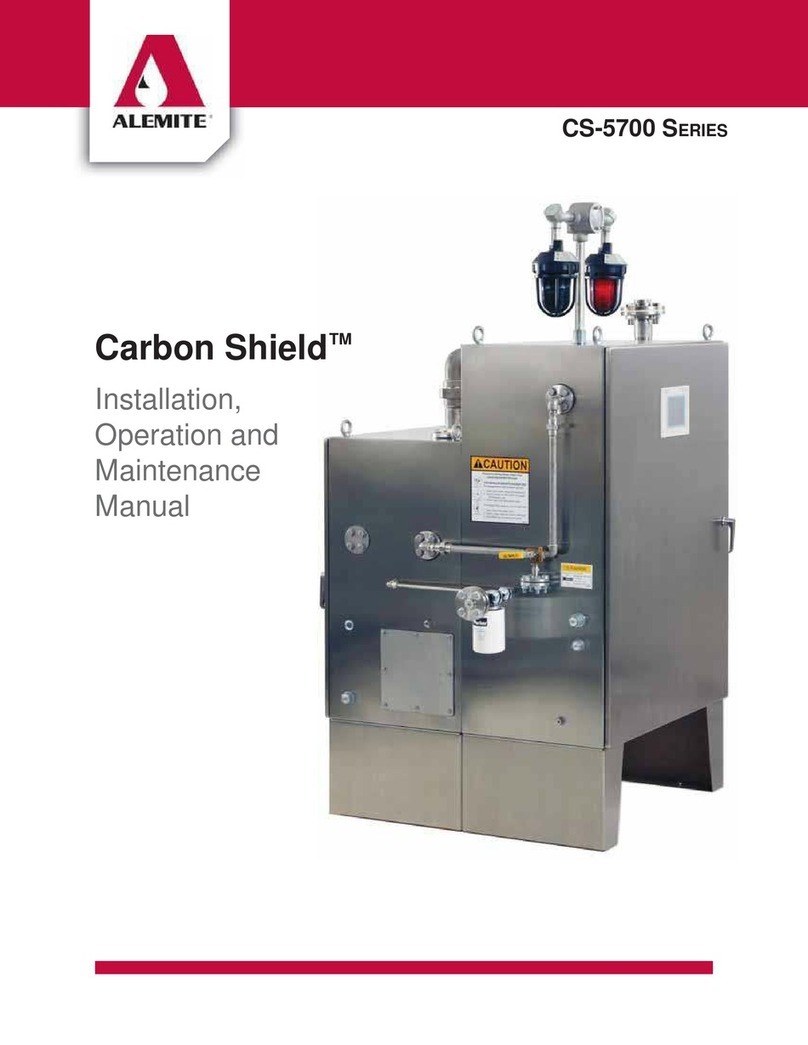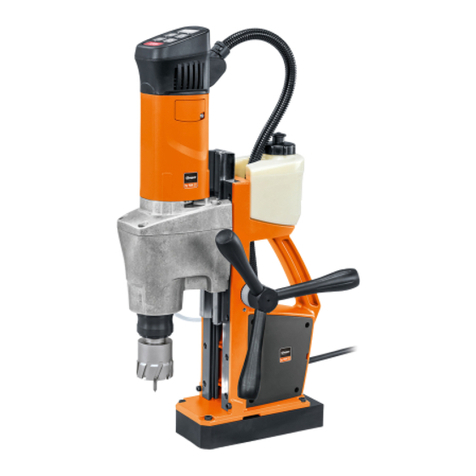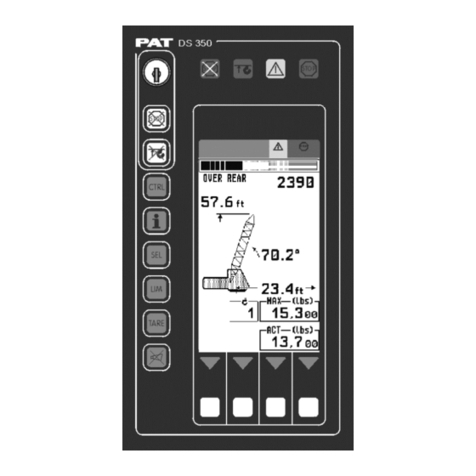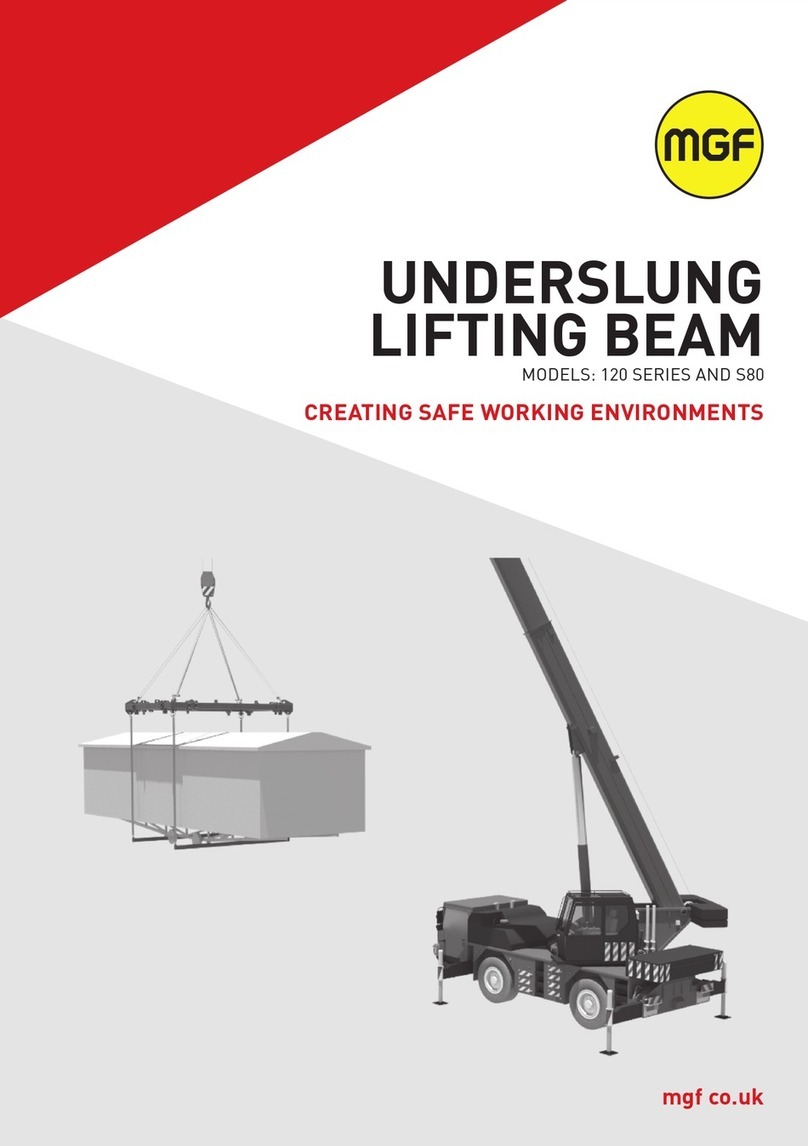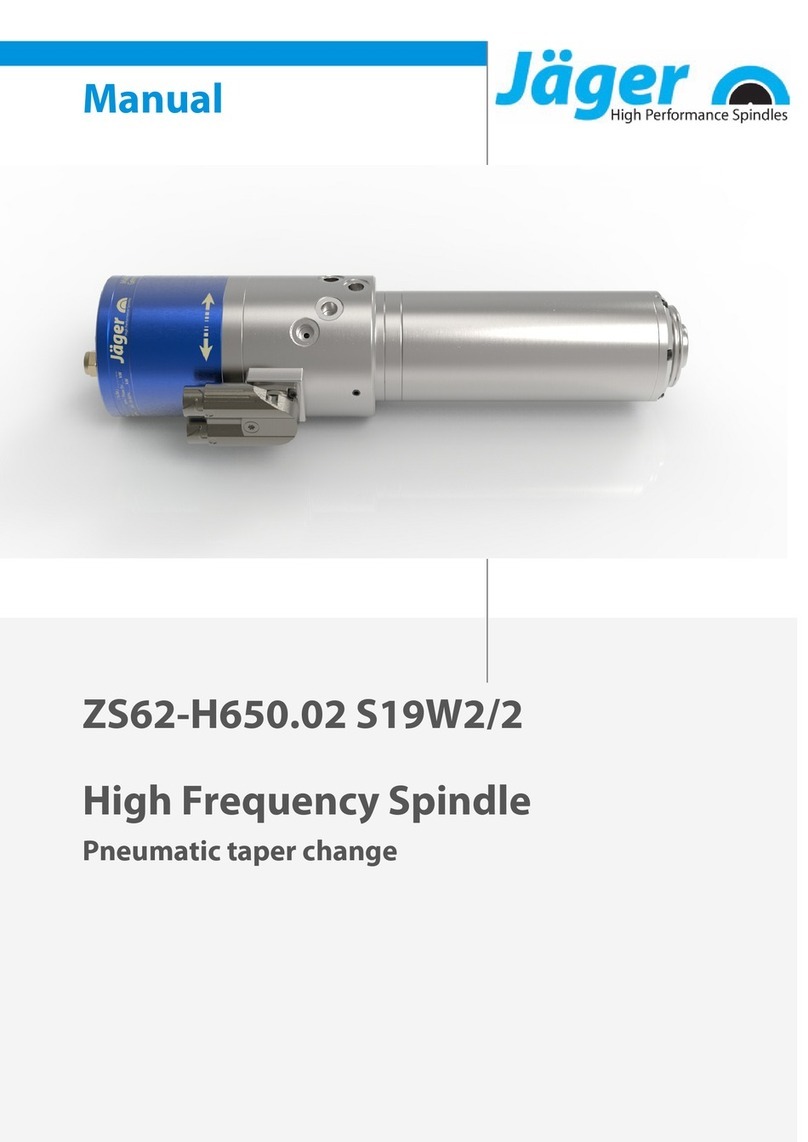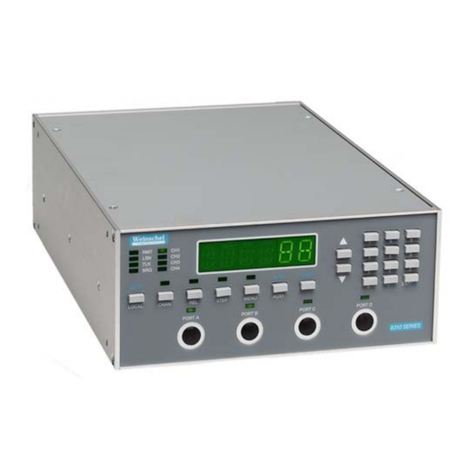
iv
Contents
Introduction.....................................................................................................................................ii
About this document ..................................................................................................................... iii
Contents...........................................................................................................................................iv
SAFETY AND OTHER PRECAUTIONS ....................................................................................v
Précautions.....................................................................................................................................vii
Vorsichtsmaßnahmen......................................................................................................................x
Precauzioni.....................................................................................................................................xii
Precauciones..................................................................................................................................xiv
Chapter 1 INTRODUCTION AND OVERVIEW......................................................................1
Combiner control...............................................................................................................................2
Specifications ....................................................................................................................................3
Frequency range.........................................................................................................................3
Insertion loss ..............................................................................................................................3
VSWR (unused ports terminated in 50 ohms)............................................................................3
Path calibration data uncertainty................................................................................................3
Isolation (unused ports terminated in 50 ohms) .........................................................................3
Intermoduation ...........................................................................................................................3
RF connectors.............................................................................................................................3
Environmental............................................................................................................................4
Power requirements....................................................................................................................4
Connectors..................................................................................................................................4
Recommended calibration cycle.................................................................................................4
Weight........................................................................................................................................4
Dimensions: H x W x D.............................................................................................................4
Ordering information.........................................................................................................................4
Extended warranty options.........................................................................................................4
Supplied accessories...................................................................................................................5
Optional accessories...................................................................................................................5
Chapter 2 INSTALLATION ........................................................................................................6
Aerolock™........................................................................................................................................6
How it works..............................................................................................................................6
Procedure: front..........................................................................................................................6
Procedure: rear ...........................................................................................................................8
Adding a full-width module.......................................................................................................8
Electrical connections.................................................................................................................8
Heavy instrument...............................................................................................................................9
Positioning the instrument.................................................................................................................9
Installation requirements ...................................................................................................................9
Ventilation..................................................................................................................................9
Connecting to supply.........................................................................................................................9
External equipment............................................................................................................................9
Connections to the SCO ..................................................................................................................10
Front panel................................................................................................................................10
Rear panel.................................................................................................................................10
Schematic diagram ...................................................................................................................11
Maintenance ....................................................................................................................................12
Calibration................................................................................................................................12
Support.....................................................................................................................................12
Cleaning ...................................................................................................................................12
Putting into storage...................................................................................................................12
Declaration of conformity ...............................................................................................................12
China RoHS.....................................................................................................................................12




















